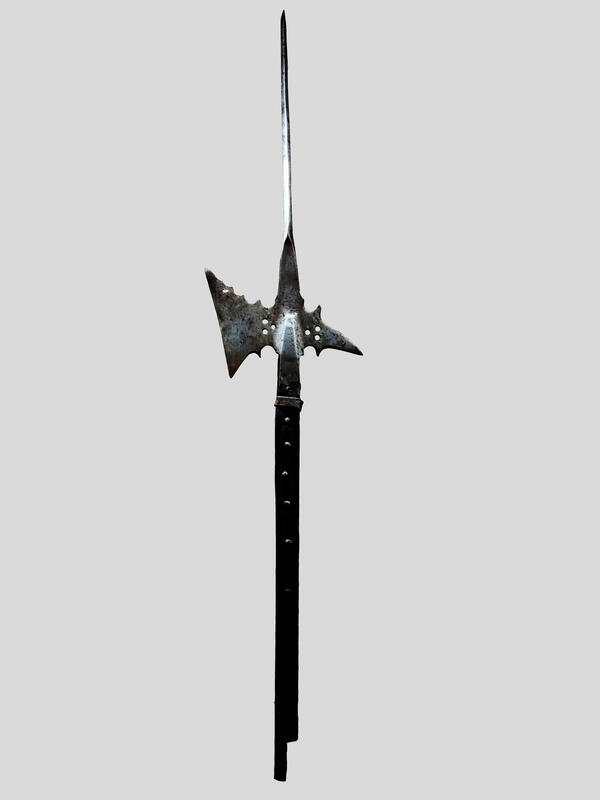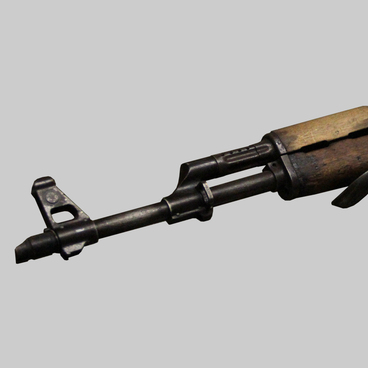It is known that knights' armor could only be breached with a strong blow. But it is difficult to fight against an enemy horseman with an axe. When fighting with slashing weapons, height is a decisive advantage. The way to deprive the horseman of the height advantage was to mount the axe blade on a very long shaft. So a new weapon was created: the halberd.
It appeared in Europe back in the 13th century, at the end of the Crusades, and remained a popular weapons throughout the 15th-16th centuries. This was the weapon of the professional heavy infantry. With it, the soldiers not only could resist the enemy’s close order formation, but also protect themselves from a cavalry attack.
It is believed that heavy cavalry in Europe became obsolete precisely because of the invention of halberds, and, later, firearms. The halberd was a combination of a spear tip, an axe blade and a hook on a shaft. They differed mainly in the size and shape of the axe: broad and narrow, , crescent and flat, convex and concave, axe or hammer. Another external distinguishing feature of halberds was the number of hooks.
There were halberds without the spear tip as well. By the 15th century, the classic type of this weapon had taken shape. It is a halberd with a narrow hatchet of various shapes, a needle-like point and a triangular butt slightly curved downwards. This type of halberd includes a modification of the German halberd with a less pronounced tip.
Halberds were used until the 18th century, but at that time their actual combat value was minimal. The advent of firearms made heavy armor unnecessary, and with it the need for heavy pole weapons, designed primarily to defeat armored opponents, disappeared.
In Russia, halberds were used as an insignia for junior officers, until they were completely abandoned in the 19th century.
Due to its imposing appearance, the halberd was still very popular for some time as a ceremonial or parade weapon. It is currently used in this capacity in the Vatican Swiss Guard.
It appeared in Europe back in the 13th century, at the end of the Crusades, and remained a popular weapons throughout the 15th-16th centuries. This was the weapon of the professional heavy infantry. With it, the soldiers not only could resist the enemy’s close order formation, but also protect themselves from a cavalry attack.
It is believed that heavy cavalry in Europe became obsolete precisely because of the invention of halberds, and, later, firearms. The halberd was a combination of a spear tip, an axe blade and a hook on a shaft. They differed mainly in the size and shape of the axe: broad and narrow, , crescent and flat, convex and concave, axe or hammer. Another external distinguishing feature of halberds was the number of hooks.
There were halberds without the spear tip as well. By the 15th century, the classic type of this weapon had taken shape. It is a halberd with a narrow hatchet of various shapes, a needle-like point and a triangular butt slightly curved downwards. This type of halberd includes a modification of the German halberd with a less pronounced tip.
Halberds were used until the 18th century, but at that time their actual combat value was minimal. The advent of firearms made heavy armor unnecessary, and with it the need for heavy pole weapons, designed primarily to defeat armored opponents, disappeared.
In Russia, halberds were used as an insignia for junior officers, until they were completely abandoned in the 19th century.
Due to its imposing appearance, the halberd was still very popular for some time as a ceremonial or parade weapon. It is currently used in this capacity in the Vatican Swiss Guard.



